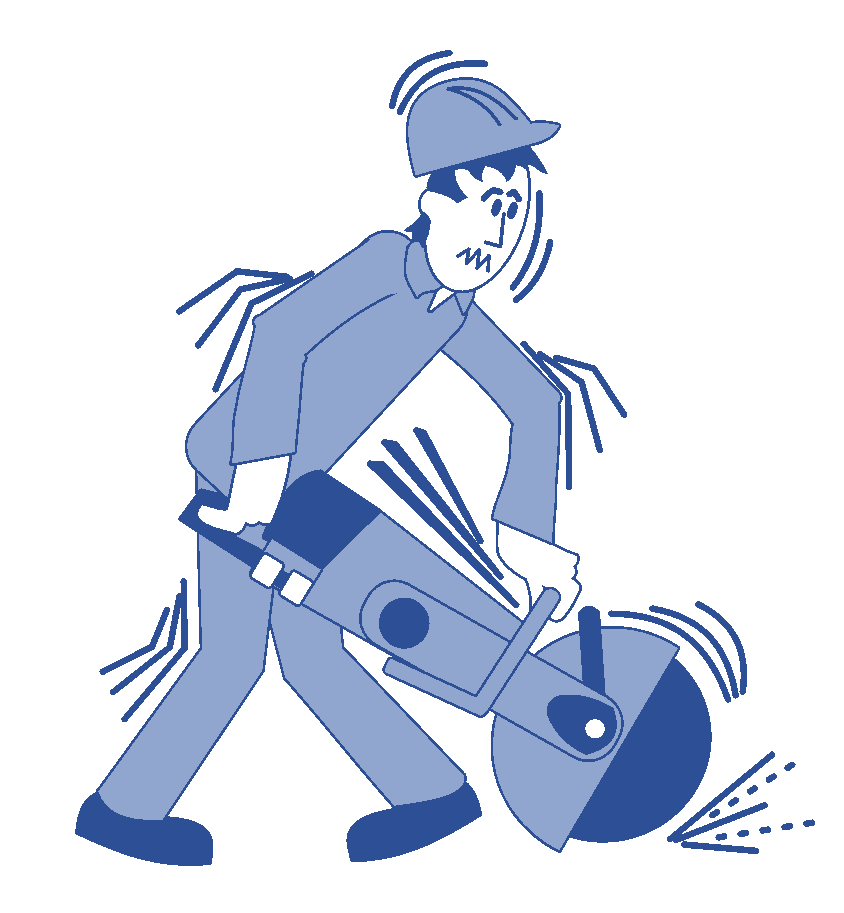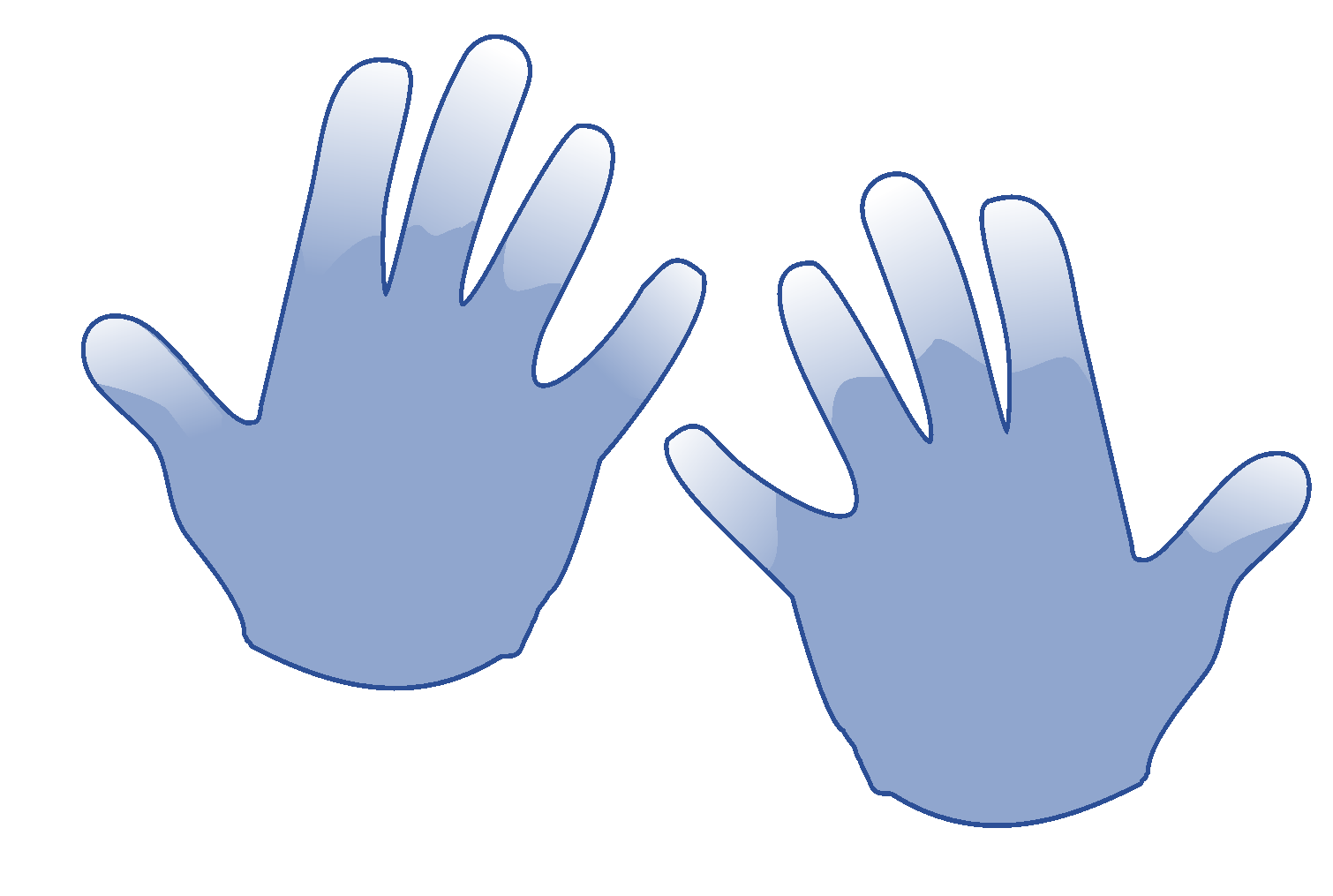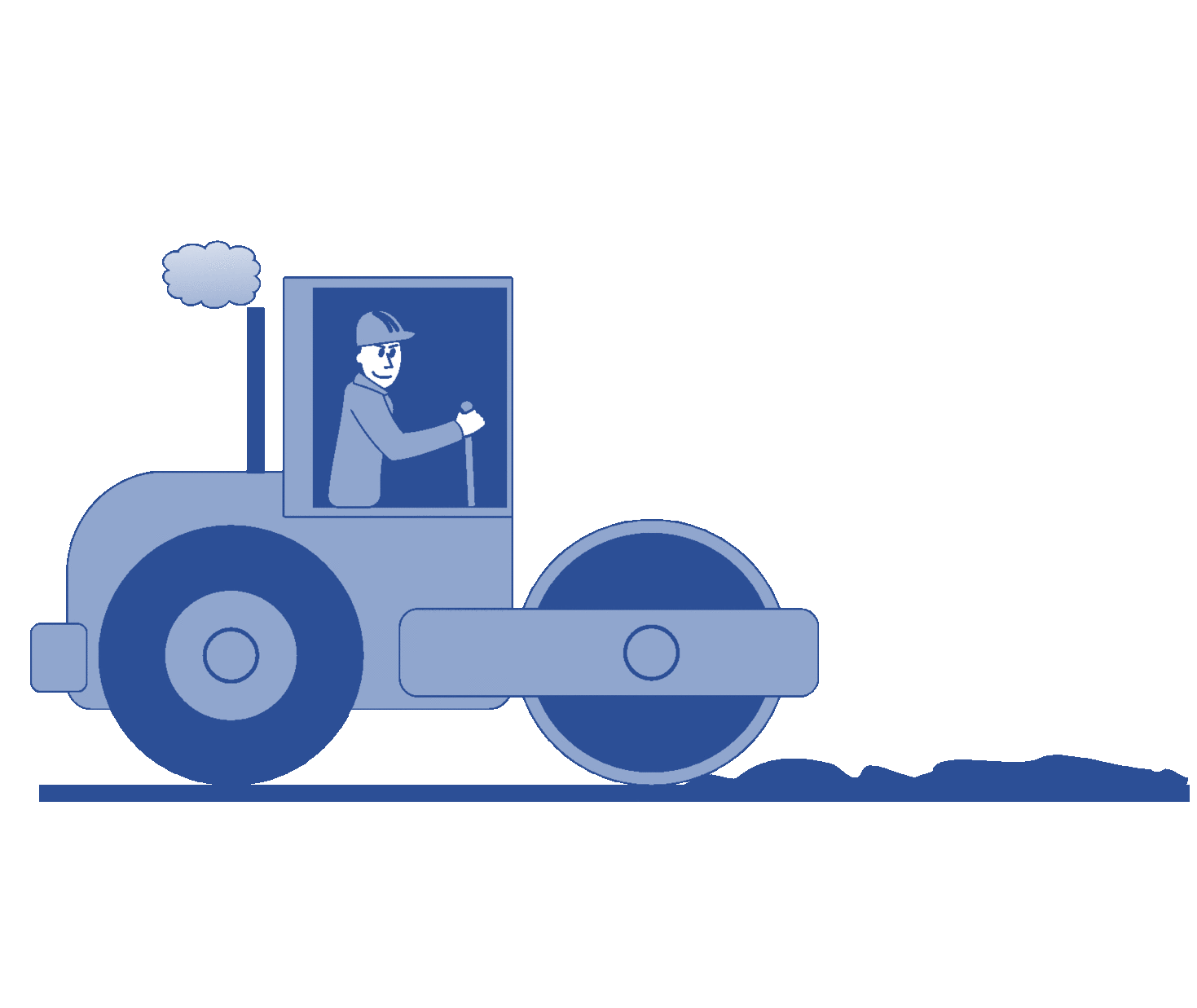Your Responsibility as an Employer
The management of health risks from vibration is essential, and compliance with the requirements of the regulations helps protect workers and even members of the public who may be affected by workplace vibration.
The European Physical Agents Directive, which informs UK safety regulations, sets out guidelines on how to minimise exposure and protect workers.
Employers must take proactive steps, including:
Conducting a risk assessment to identify potential hazards.
Implementing organisational measures to reduce exposure.
Where possible, eliminate or reduce vibration risks at the source.
Providing training and health surveillance to protect workers.
Ignoring these regulations—such as failing to replace older tools or not following common sense measures—can increase risks and lead to legal consequences.
The Health and Safety Executive (HSE) provides free leaflets and guidance to help businesses comply with the full text of the Control of Vibration at Work Regulations 2005, which align with the European Union Directive.
What are the Control of Vibration at Work Regulations 2005?
The Control of Vibration at Work Regulations 2005 require employers to eliminate or reduce risks to health and safety from vibration at work.
The regulations apply where work activities expose people at work to vibration-related health and safety risks. The regulations cover both employees and other workers affected by the work activities.
The regulations require employers to:
Assess the risks.
Make sure that risks from vibration are controlled.
Provide information, instruction, and training to employees on the risks and actions being taken to control the risk.
Provide suitable health surveillance.
To help you comply with these regulations, the HSE has produced some helpful guidance on HAV and WBV.
What are vibration exposure limits?
Employers have a responsibility to manage exposure to vibration in the workplace, and the extent to which they must do so varies depending on the level of risk it poses. The regulations state two levels of exposure that dictate the measures that need to be in place:
The daily exposure limit value (ELV)
The daily exposure action value (EAV)
The daily ELV is the maximum amount of vibration an employee may be exposed to on any single day. The daily EAV is the level of daily exposure that an employee may experience before an employer is required to take certain actions to reduce exposure.
How to protect your workforce
Understanding exposure limits (ELV and EAV) is crucial in preventing serious conditions like HAVS and CTS.
To make it easier, we’ve created a simple exposure calculator to help you determine daily limits and necessary actions—you can access it here.
For a further understanding of vibration risks, exposure limits, and employer responsibilities, consider our Awareness Training Course. This course includes practical examples, risk assessment guidance, and compliance strategies to help you meet safety regulations with confidence.






